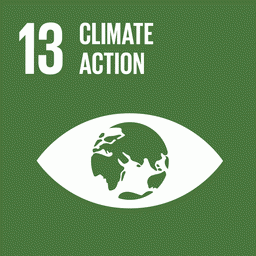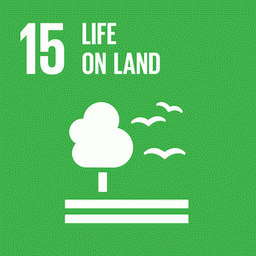By Bibiana Alcântara Garrido*
The area of forest burned in the Amazon grew by 132% in August this year compared to the same month last year. This type of native vegetation, which once represented 12% of the biome’s burnt area in August 2019, now accounts for 34% of everything that caught fire in the region – the highest concentration of forest fires for the month in five years.
In total, 685,829 hectares of forest were burned in the Amazon in August 2024 and 295,777 hectares in August 2023. This figure was 207,259 hectares in the same month in 2019.
“In August 2024 we had a significant increase in the area affected by forest fires in the Amazon compared to other years in the series. Normally in this month, fires are mainly recorded in agricultural areas, especially pastures. This year it seems that the climate has impacted this trend, unfortunately, leaving the forests more flammable and susceptible to fires,” says Ane Alencar, Science Director at IPAM (Amazon Environmental Research Institute).
The data is from the Fire Monitor and was released on Thursday (12). The Fire Monitor is an initiative coordinated by IPAM within the MapBiomas network. IPAM has prepared a technical note presenting an analysis of the data on the recent dynamics of fire in the Amazon. Access it here.
In August 2024, fire also increased in agricultural areas, with an area burned 38% more than in August 2023. Around 1.1 million hectares were burned in these areas in August this year and 806,772 in the same month last year.
In the comparative historical series of the first eight months of each year since 2019, August is the month with the largest burned area – a harbinger of the annual “fire season” in the Amazon. However, August 2024 shows a 54% increase in the area burned in the biome compared to 2023, driven mainly by fires in forest areas.
“The increase in the area of forest burned was something we were already observing. In a technical note published by IPAM in July this year, we showed a 36% increase in forest fires in the Amazon in 2023 compared to 2022. In other words, policies to reduce deforestation, although effective, need to be complemented with specific action to reduce the use of fire in the landscape as a whole, in addition to reducing deforestation,” adds Alencar.
Public forests had the highest increase
In terms of land ownership, indigenous lands accounted for the majority (24%) of what burned in the Amazon in the first eight months of the year. Compared to 2023, when 937,148 hectares were burned in the period, there was a 39% increase in fires in these areas in 2024, with 1,300,646 hectares affected.
Next are private rural properties with CAR (Rural Environmental Registry) and SIGEF (Land Management System), with 23% of the area burned in the biome from January to August this year. These properties had 696,586 hectares burned in 2023 and 1,233,888 hectares burned in 2024, an increase of 77%.
However, it is the FPNDs (Non-Destined Public Forests), the main target of land grabbing in the Amazon, which experienced the biggest increase among land categories: 175%, from 308,570 hectares affected by fire in 2023 to 849,521 hectares burned in 2024. FPNDs represent 16% of the area burned in the biome in the period.
“The increase in the area burned on indigenous lands and in undesignated public forests reveals the difficulty of fighting fire in areas where infrastructure and access are difficult, especially when several are burning at the same time. In order to reduce fires in these areas, it is essential to reduce the use of fire on private rural properties, which also have a large area burned, and to combat the criminal use of fire on public lands,” says Alencar.
*Science journalistat IPAM, bibiana.garrido@ipam.org.br
Cover photo: Burned forest in the Amazon in northern Mato Grosso (IPAM Collection)

